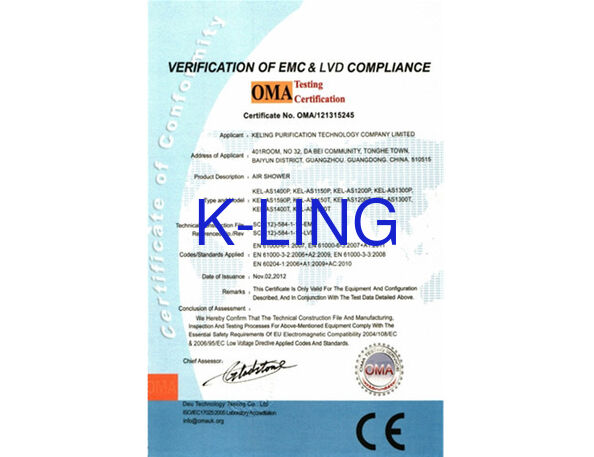The goal of these requirements are to minimize risks of microbiological, particulate and pyrogen contamination during the preparation and sterilization process. The goal of these requirements are to minimize risks of microbiological, particulate and pyrogen contamination during the preparation and sterilization process.
Cleanroom Grade A, B, C, and D Classification Chart
| MAXIMUM PERMITTED NUMBER OF PARTICLES/M^3 EQUAL TO OR ABOVE |
| |
at rest (b) |
in operation |
Federal Standard 209E and the ISO classifications approximate equivalency |
| Grade |
0,5m m |
5m m |
0,5m m |
0,5m |
|
| A |
3 500 |
0 |
3 500 |
0 |
100, M 3.5, ISO 5 |
| B(a) |
3 500 |
0 |
350 000 |
2 000 |
100, M 3.5, ISO 5 |
| C(a) |
350 000 |
2 000 |
3 500 000 |
20000 |
class 10000, M 5.5, ISO 7 |
| D(a) |
3 500 000 |
20 000 |
not defined (c) |
not defined (c) |
class 100000, M 6.5, ISO 8 |
This chart is intended for reference only. Make sure to follow protocol specific to your cleanroom.
Notes:
(a) In order to reach the B, C and D air grades, the number of air changes should be related to the size of the room and the equipment and personnel present in the room. The air system should be provided with appropriate filters such as HEPA for grades A, B and C.
(b) The guidance given for the maximum permitted number of particles in the “at rest” condition corresponds approximately to the US Federal Standard 209E and the ISO classifications as follows: grades A and B correspond with class 100, M 3.5, ISO 5; grade C with class 10000, M 5.5, ISO 7 and grade D with class 100000, M 6.5, ISO 8.
(c) The requirement and limit for this area will depend on the nature of the operations carried out.

 Your message must be between 20-3,000 characters!
Your message must be between 20-3,000 characters! Please check your E-mail!
Please check your E-mail!  Your message must be between 20-3,000 characters!
Your message must be between 20-3,000 characters! Please check your E-mail!
Please check your E-mail! 

